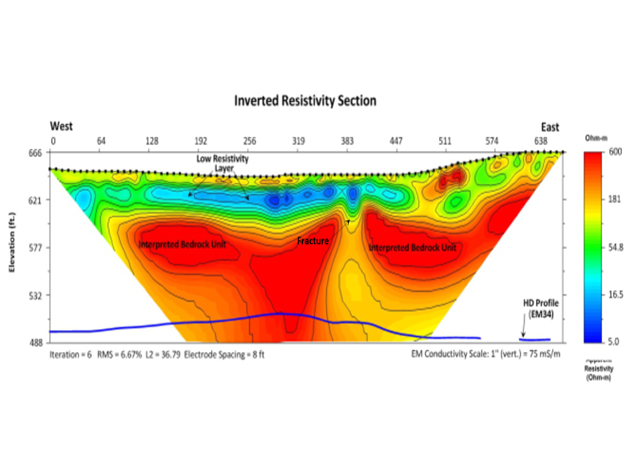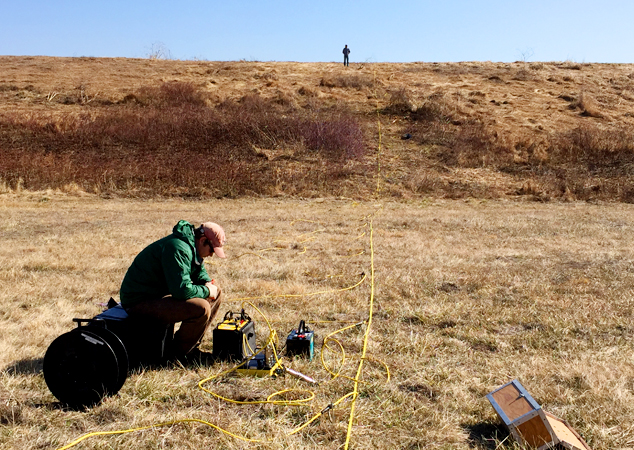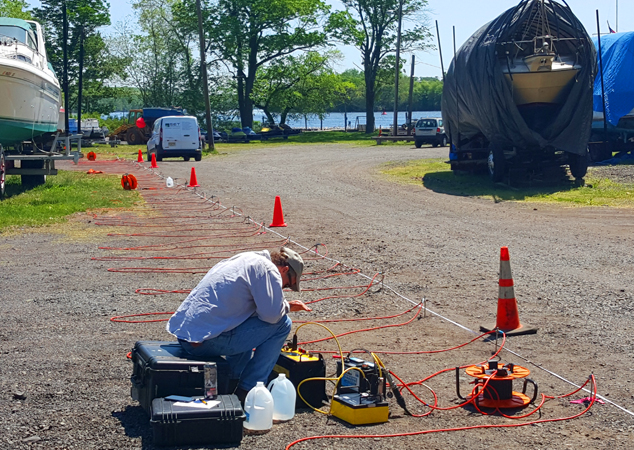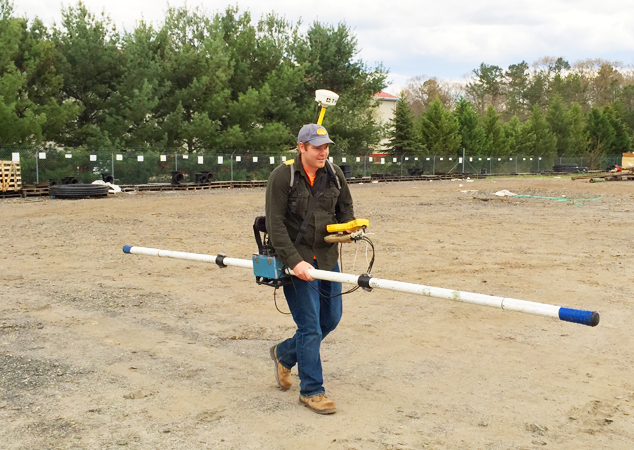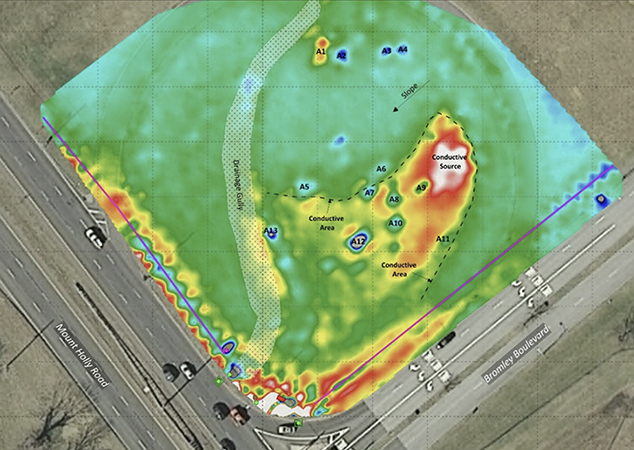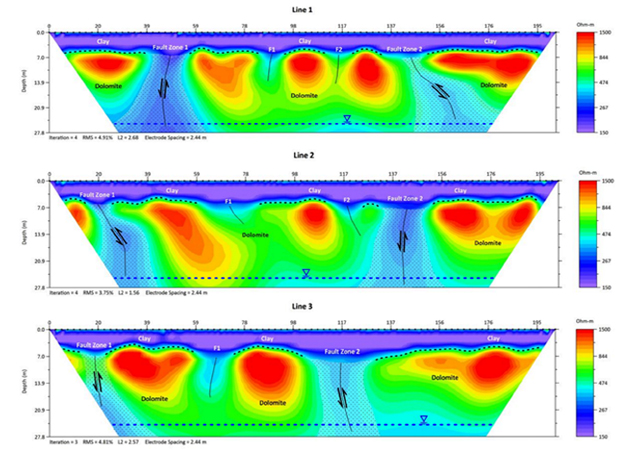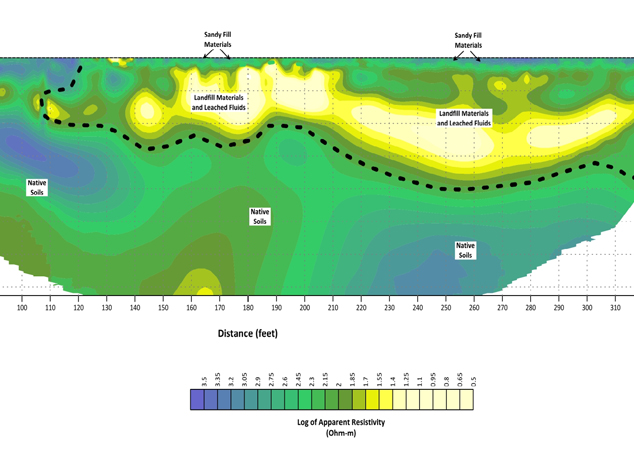Electrical Resistivity
Electrical Resistivity measures the electrical resistivity of subsurface materials. It is predominantly used for environmental and geotechnical studies to assess soil and groundwater contamination, locate buried infrastructure and study geological formations.
Key Applications
• Identify near surface geologic and hydrogeologic features and existing subsurface conditions.
• Bedrock surface, clay layers, cavities/sinkholes/voids, karstic features, depth to groundwater, possible contaminant presence. Cross-sectional images of the subsurface are generated to typical depths of 100 feet or more.
• Property/infrastructure development, used prior to, or in conjunction with geotechnical borings.
Tech/Instrumentation/Tools
AGI SuperSting R8IP Earth Resistivity Meter – measures voltage drop of an induced electrical current across numerous electrodes as it travels through an electrically heterogeneous subsurface. EarthImager processing software is used to generate cross-sectional electrical resistivity images.
Electrical conductivity and resistivity measurements provide valuable information about the subsurface properties of materials, helping professionals make informed decisions in a wide range of applications, from environmental assessments and resource exploration to civil engineering and archeology. These measurements aid in understanding the physical and chemical characteristics of the Earth’s subsurface and contribute to more effective problem-solving.
For more information on our multi-faceted services approach, email our VP of Sales, Dave Prendergast at DPrendergast@summitdrilling.com. You can also use our convenient “Start-a-Project” page to provide details about your scope of work and upload reference documents. A Summit representative will respond promptly.

